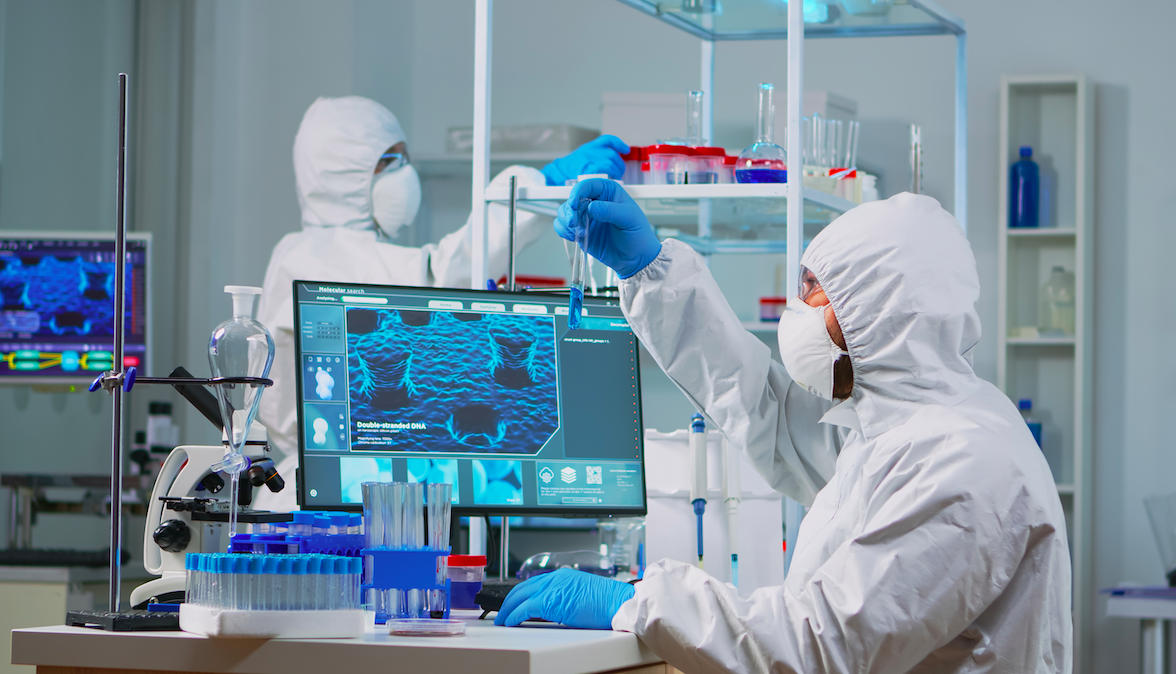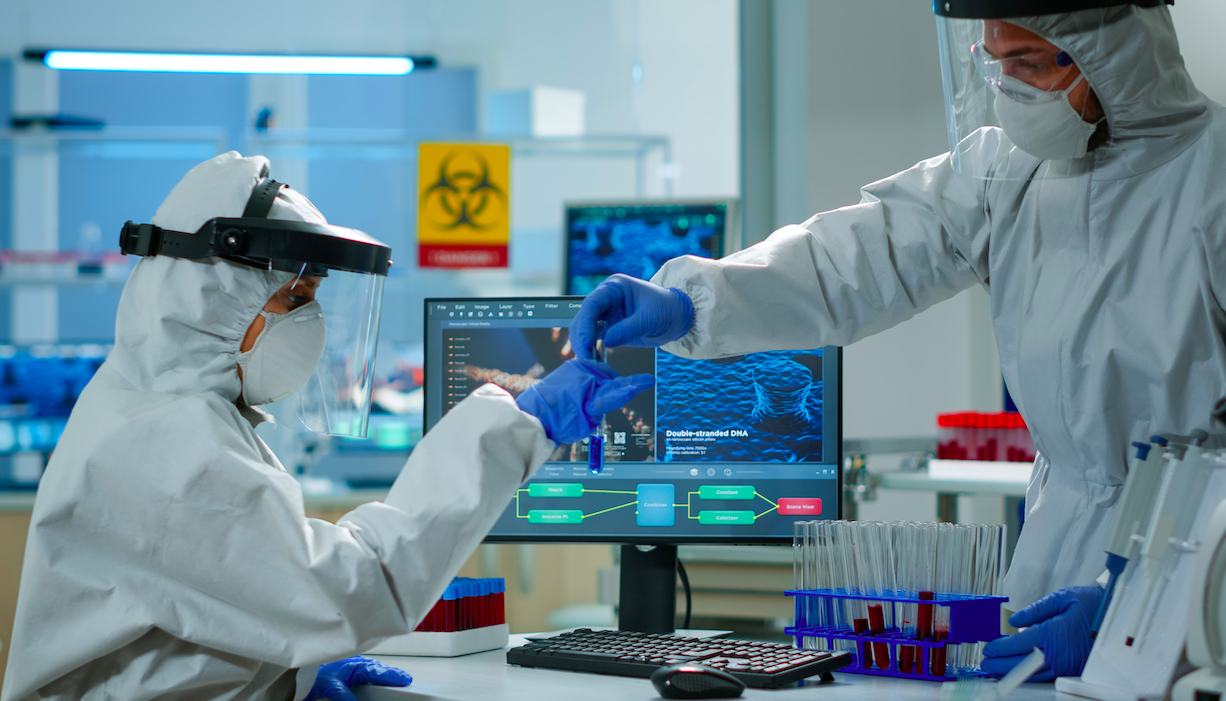Is your facility ready for its re-opening this year? With everything slowly progressing to the new normal, are you equipped with the right tools and knowledge to secure safety of everyone going back work? If you don't know where to start, it's best to read the 10 Hygiene Tips to Consider Before Reopening guide from one of our most trusted partners, Kimberly-Clark Professional. Find a quick hygiene checklist to prioritize and work-on on before welcoming everyone back to the lab.

As people return to work, it’s important to reassure them about the cleanliness and hygiene of your facility. Before you reopen, consider the following 10-steps to demonstrate your commitment to maintaining a clean and hygienic environment.
10-Step Building Hygiene Checklist
1. Make sure your water system and devices are safe.1
After a prolonged shutdown, stagnant or standing water can cause conditions that increase the risk of waterborne illnesses.
2. Create a “limited-touch” environment.
Reduce contact with frequently touched surfaces via automatic systems such as sensor-activated door openers and electronic restroom dispensers. Consider simple hygienic upgrades like placing paper towels or tissues next to restroom exits for use on door handles.
3. Ensure that your cleaning staff is trained on new protocols.
Do they understand the difference between cleaning, sanitizing and disinfecting? Do they know how to reduce the risk of cross-contamination and address “hot spots”? Make sure all protocols are implemented properly before reopening your building.
4. Establish screening procedures.
Will you conduct health screenings for everyone who enters your building? What about temperature checks and virtual sign-ins via QR codes? See these OSHA guidelines for additional recommendations.
5. Maintain social distancing.
Make sure workspaces are at least six feet apart and consider reducing the number of chairs in a meeting space or conference room.2
6. Rethink unassigned workspaces and shared equipment.
The CDC recommends that workers avoid using desks, work tools or equipment used by other employees.3
7. Post hygiene information throughout your facility.
Include hand hygiene tips and details about screening procedures, cleaning protocols and when an area was last cleaned to reassure people about the steps you are taking to provide a safe and hygienic environment.
8. Keep critical supplies well-stocked.
Make sure you have enough quantities of soap, bathroom tissue and other items. Also consider adding amenities to promote hand and surface hygiene such as hand sanitizer stands and personal disinfectant wipes for desks, phones and keyboards.
9. Develop a response plan in case someone in your building becomes ill.
Identify a space where the person can be safely isolated and have a plan for transferring them to a health facility.4
10. Consider enhancements to indoor air quality.
Americans spend upwards of 90% of their time indoors. An EPA report found that installing a system designed to improve indoor air quality in an office can lead to increased productivity, fewer lost work days and medical cost savings.5
1 CDC, https://www.cdc.gov/coronavirus/2019-ncov/php/building-water-system.html
2 CDC, https://www.cdc.gov/coronavirus/2019-ncov/community/index.html
3 CDC, https://www.osha.gov/Publications/OSHA3990.pdf
4 World Health Organization, https://www.who.int/docs/default-source/coronaviruse/getting-workplace-ready-for-covid-19.pdf
5 Environmental Protection Agency, https://www.epa.gov/indoor-air-quality-iaq/office-building-occupants-guide-indoor-air-quality
Interested in Kimberly-Clark PPEs and Supplies for Your Lab?
Stock up on hygiene products to keep your lab clean and ensure everyone's safety from various health risks. SECO showcases a wide inventory of Kimberly-Clark Professional essentials including disposable examination gloves, controlled environment coats, general purpose coveralls, and general purpose wipers and towels. For a complete list of Kimberly-Clark supplies available on SECO, click here.
